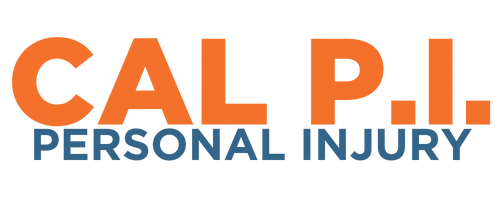

Navigating the complexities of personal injury cases can be challenging for chiropractors. Proper documentation plays a crucial role in ensuring a smooth process from patient intake to discharge. As a seasoned chiropractor, I'll share my insights and tips for effective documentation in personal injury cases. Let's take a step-by-step approach to managing these cases in your chiropractic office.
A well-planned roadmap is essential for guiding chiropractors through the various stages of personal injury cases. This comprehensive overview will serve as the foundation for the rest of the post, as we delve into each step in greater detail.
Intake forms are the first point of contact with your patient and set the stage for accurate record-keeping. These forms should include essential information, such as the patient's personal details, insurance information, accident details, and medical history.
The initial examination is critical in establishing the patient's baseline condition and identifying their specific injuries. A thorough doctor's first report should document the patient's history, complaints, physical examination findings, and any diagnostic tests performed.
A well-defined treatment plan, as required by §312(c)(2), outlines the proposed course of care, treatment goals, modalities to be used, and a timeline for reevaluations. This plan serves as a roadmap for both the chiropractor and the patient, ensuring effective communication and guiding the overall care process.
Clearly documenting the patient's treatment goals helps track progress, adjust the treatment plan as needed, and justify the care provided. These goals should be specific, measurable, achievable, relevant, and time-bound (SMART).
Referrals for imaging studies, such as MRIs and X-rays, should be documented in the patient's record, including the reasons for the referral, the date it was made, and any relevant findings that inform the patient's treatment.
Collaboration with other healthcare providers is essential in personal injury cases. Be sure to document any referrals to other providers, such as orthopedic specialists or physical therapists, along with the reasons for the referral and the anticipated outcomes.
Consistent daily notes are crucial for monitoring the patient's progress and maintaining accurate records. SOAP (Subjective, Objective, Assessment, and Plan) notes can be an effective method for documenting each visit, capturing the patient's subjective complaints, objective findings, assessments, and planned treatments.
Regular re-examinations, as mandated by §312(c)(3), should be performed and documented at least once every thirty days while the patient is under active care. These assessments help evaluate the patient's response to treatment, adjust the treatment plan as needed, and track progress toward achieving the established goals.
Utilize outcomes assessment tools, such as pain scales, functional questionnaires, or disability indices, to objectively track the patient's progress over time. These tools provide valuable data that can support your clinical decision-making and demonstrate the effectiveness of your care.
Once the patient has reached maximum medical improvement (MMI), it's time to plan for discharge. Document the patient's final condition, any permanent impairments, and any recommendations for ongoing care or lifestyle modifications. Proper documentation at this stage can be crucial in supporting the patient's personal injury claim.
Effective documentation is the cornerstone of managing personal injury cases in a chiropractic office. By following the steps outlined in this guide, you



